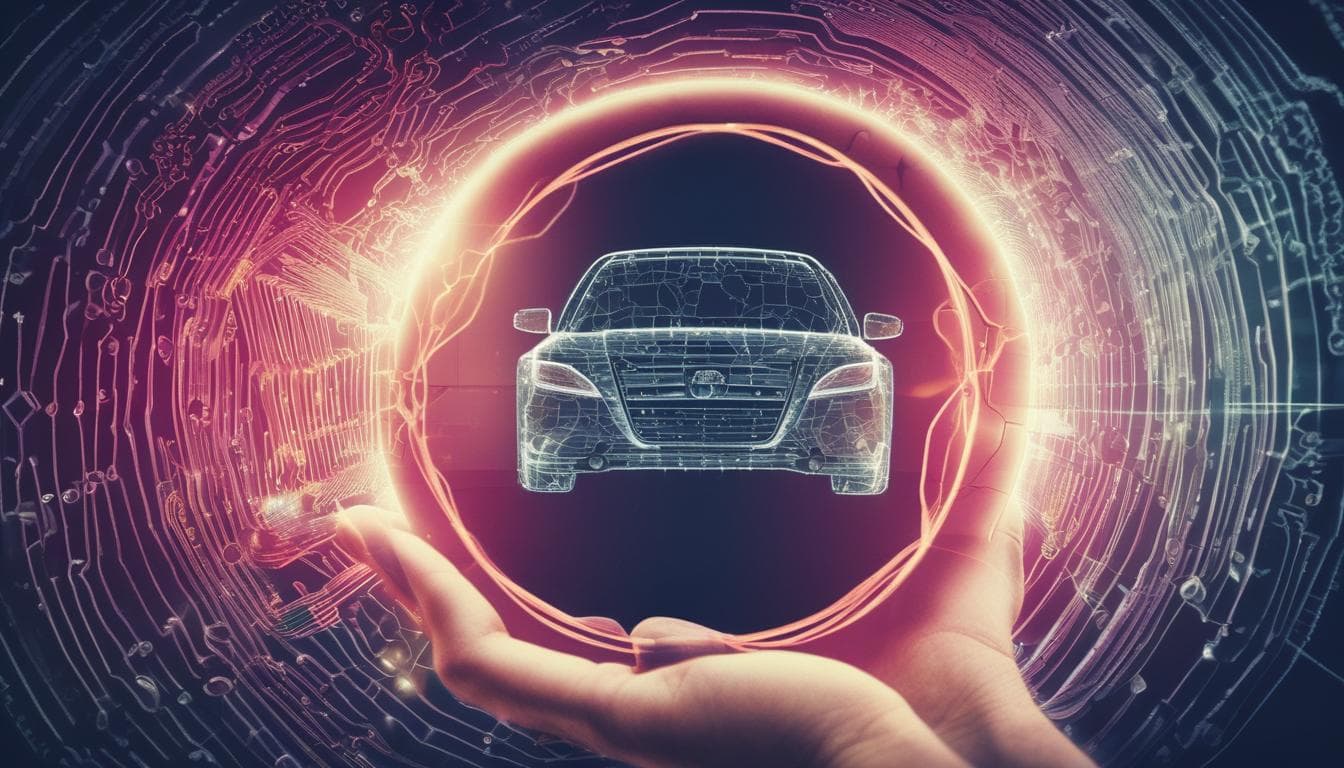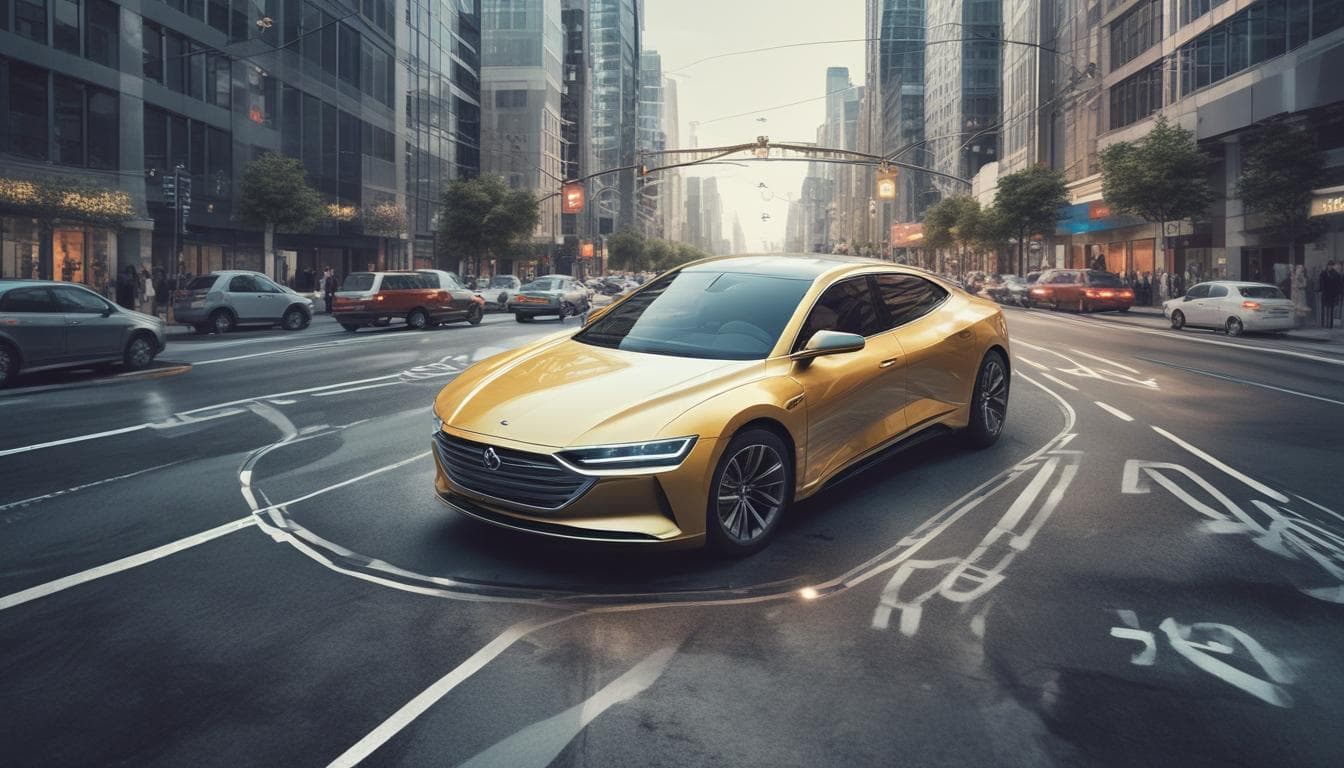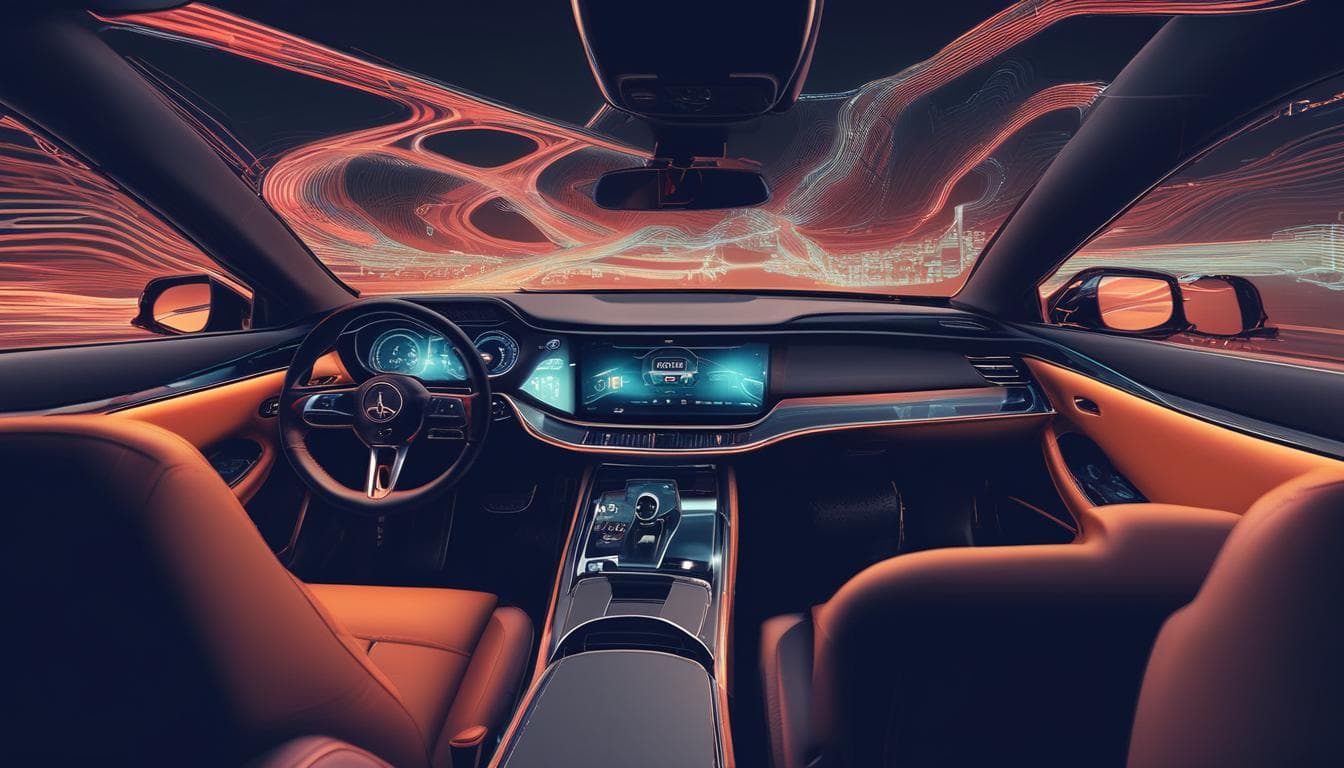With the increasing integration of AI in vehicles, how do you envision the future of car cybersecurity? What innovative solutions will be necessary to protect against potential threats like hacking and data breaches, ensuring both driver safety and data privacy in the connected car era?
The integration of AI in vehicles indeed brings about both exciting opportunities and significant challenges, particularly in the realm of cybersecurity. As cars become more connected, they are increasingly susceptible to a variety of cyber threats. The future of car cybersecurity must focus on several key aspects to effectively mitigate these risks:
1. Multi-layered Security Protocols: Implementing a multi-layered security approach will be crucial. This involves safeguarding both the hardware and software components through secure boot processes, regular software updates, and robust encryption methods to protect data in transit and at rest.
2. AI-Powered Threat Detection: Just as AI has become an integral part of vehicle operations, it will also play a vital role in cybersecurity. AI can be used to detect anomalies and potential intrusion attempts in real-time, allowing systems to respond swiftly to threats. Machine learning algorithms, for example, could predict and identify malicious patterns that deviate from normal operations, offering preemptive protection.
3. Enhanced Vehicle-to-Everything (V2X) Security: As vehicles communicate with various entities like other cars, infrastructure, and pedestrians, securing these communications is vital. Implementing secure V2X communication protocols will be essential to preventing data breaches and ensuring that transmitted data is authentic and unaltered.
4. Regular Over-the-Air (OTA) Updates: Just like our smartphones, connected cars will require regular updates to patch vulnerabilities and enhance security features. Ensuring these updates are secure and reliable will be a priority to protect vehicles from new and evolving threats.
5. Privacy by Design: Manufacturers should adopt a privacy-focused approach from the outset. This means implementing systems that minimize data collection to only what's necessary, and ensuring strong data governance policies are in place to protect user information.
In conclusion, the future of car cybersecurity will necessitate a proactive approach combining advanced technology with robust strategies. Collaboration among automakers, cybersecurity experts, and regulatory bodies will also be crucial in developing comprehensive standards and practices that ensure safety and privacy in the connected car era. By staying ahead of potential threats and continuously innovating, we can create a secure environment for the autonomous and connected vehicles of the future.
Explore More on This Topic
Join the Conversation
- How Will AI Reshape the Automotive Industry?
Explore the transformative impact of AI on automotive design, manufacturing, and the driving experience. Discuss the potential benefits, challenges, and ethical considerations of AI's growing role in the automotive industry.
- The Future of Driver Training and Licensing in the Age of AI
Explore the potential impact of AI on driver training and licensing. Will AI-driven programs replace traditional driving schools? What new skills will drivers need in this evolving landscape?
- The Evolving Role of the Human Driver in the Age of AI
Explore the future of driving as AI integration in vehicles increases. Will human drivers become leisure drivers, and how will this impact car culture and design?





